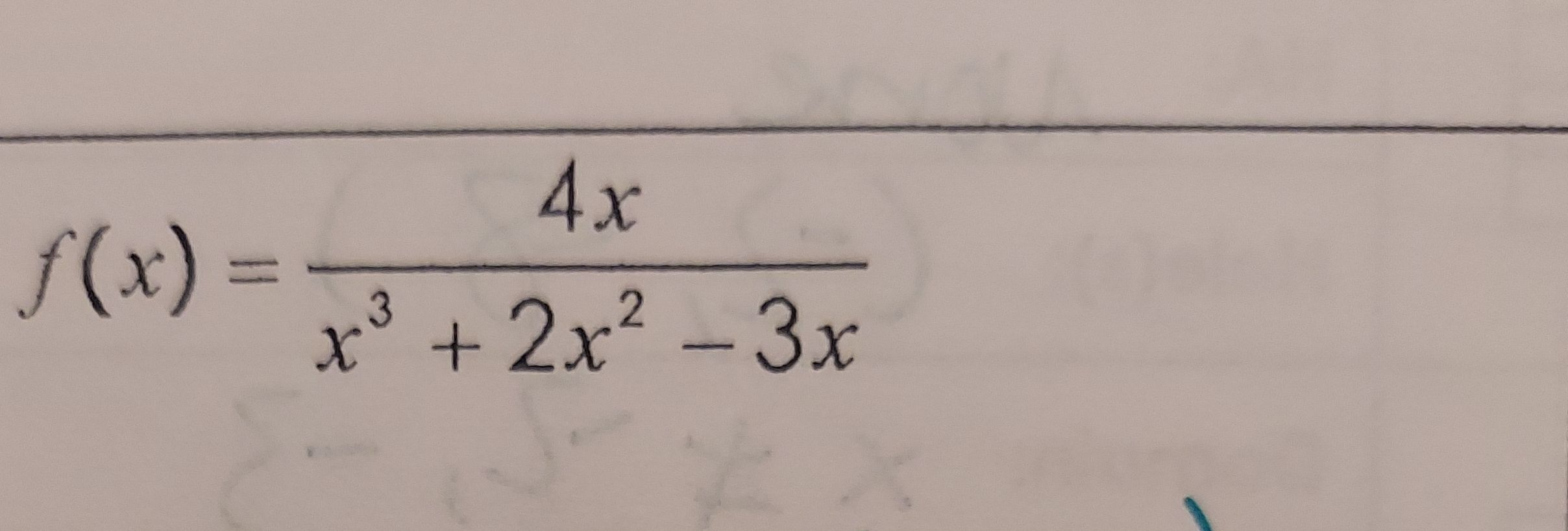AI tutor
Full solution
Q.
- Apply Quotient Rule: To find the derivative of the function , we will use the quotient rule. The quotient rule states that if we have a function that is the quotient of two functions, , then its derivative is given by .
- Identify and : First, let's identify and . Here, and . We will need to find the derivatives of both and , which are and respectively.
- Find : The derivative of with respect to is , since the derivative of with respect to is .
- Find : Now, let's find the derivative of . We will use the power rule, which states that the derivative of with respect to is .
- Apply Power Rule: Applying the power rule to each term of , we get: = .
- Calculate : Now that we have and , we can apply the quotient rule to find the derivative of :
- Apply Quotient Rule: Let's simplify the numerator of the derivative:Numerator = - = = .
- Simplify Numerator: Now we have the simplified numerator and the denominator. The derivative of is:

